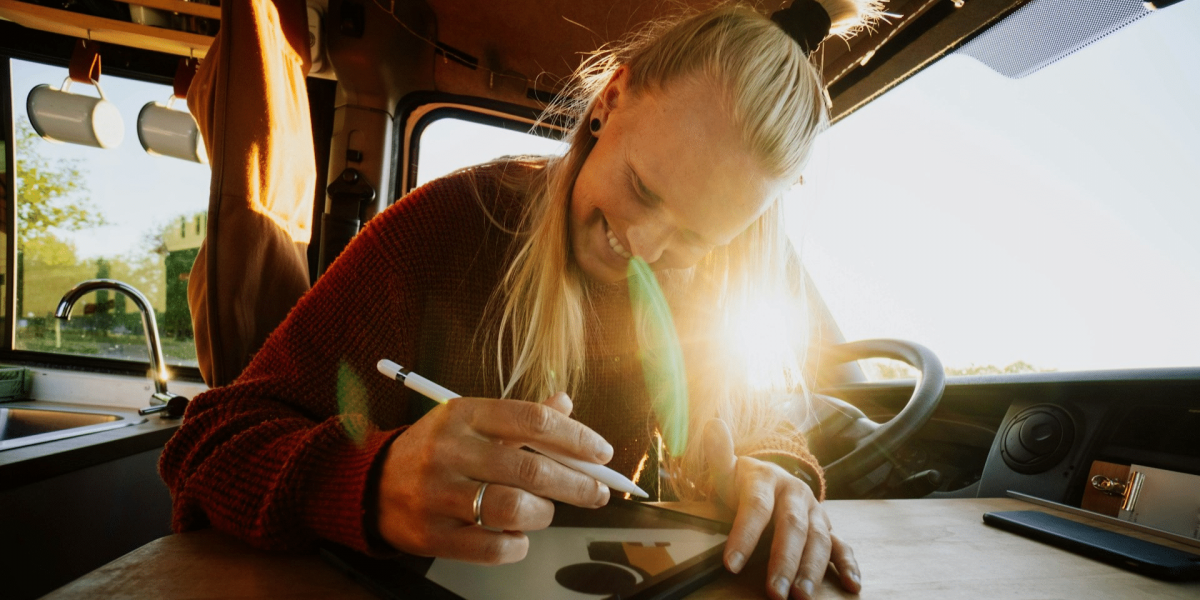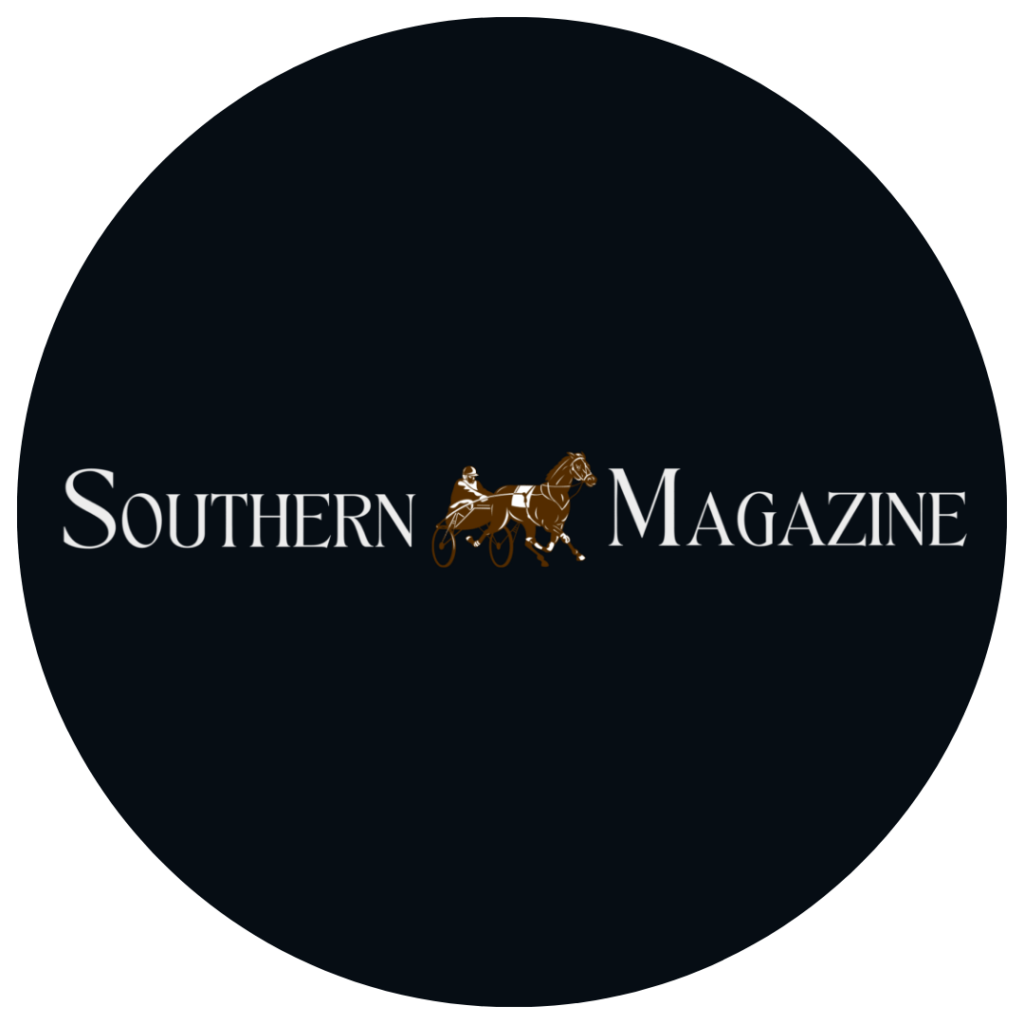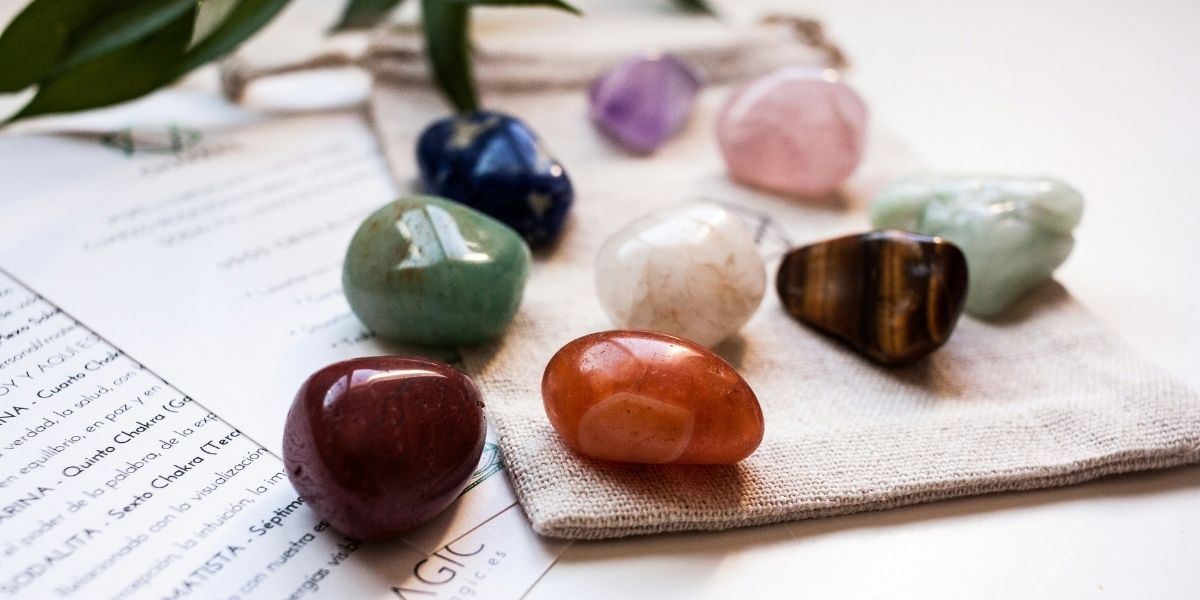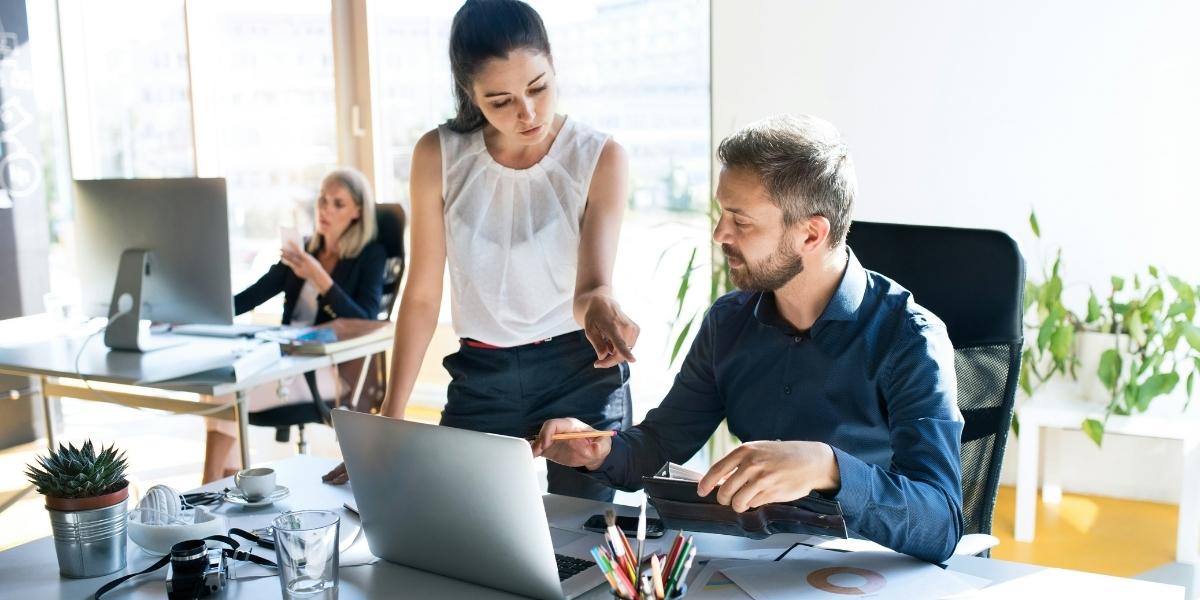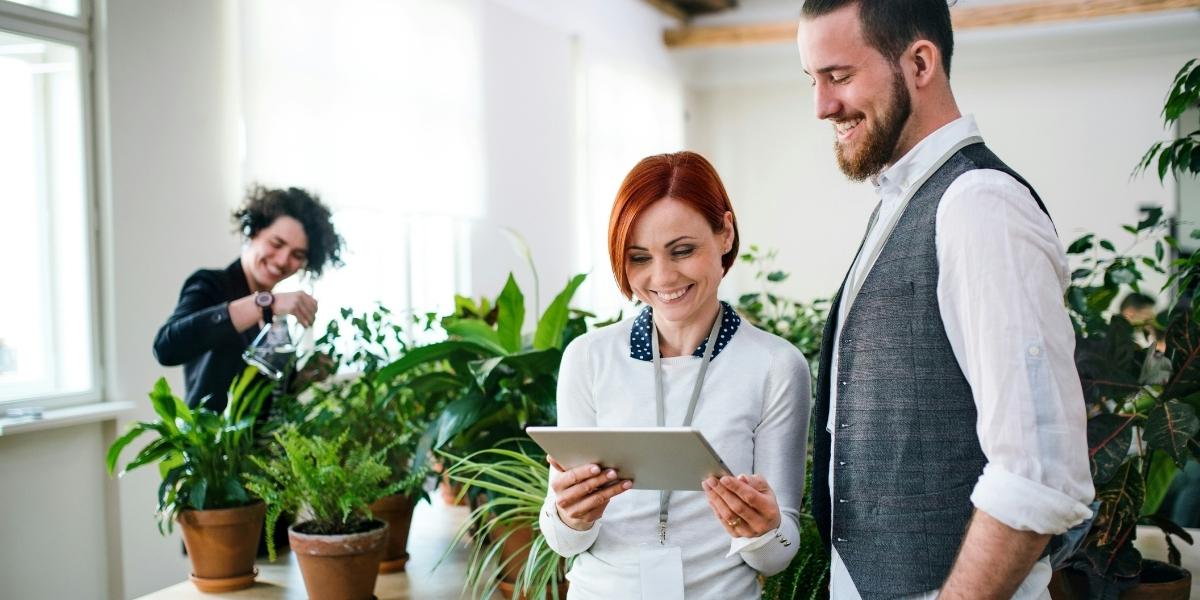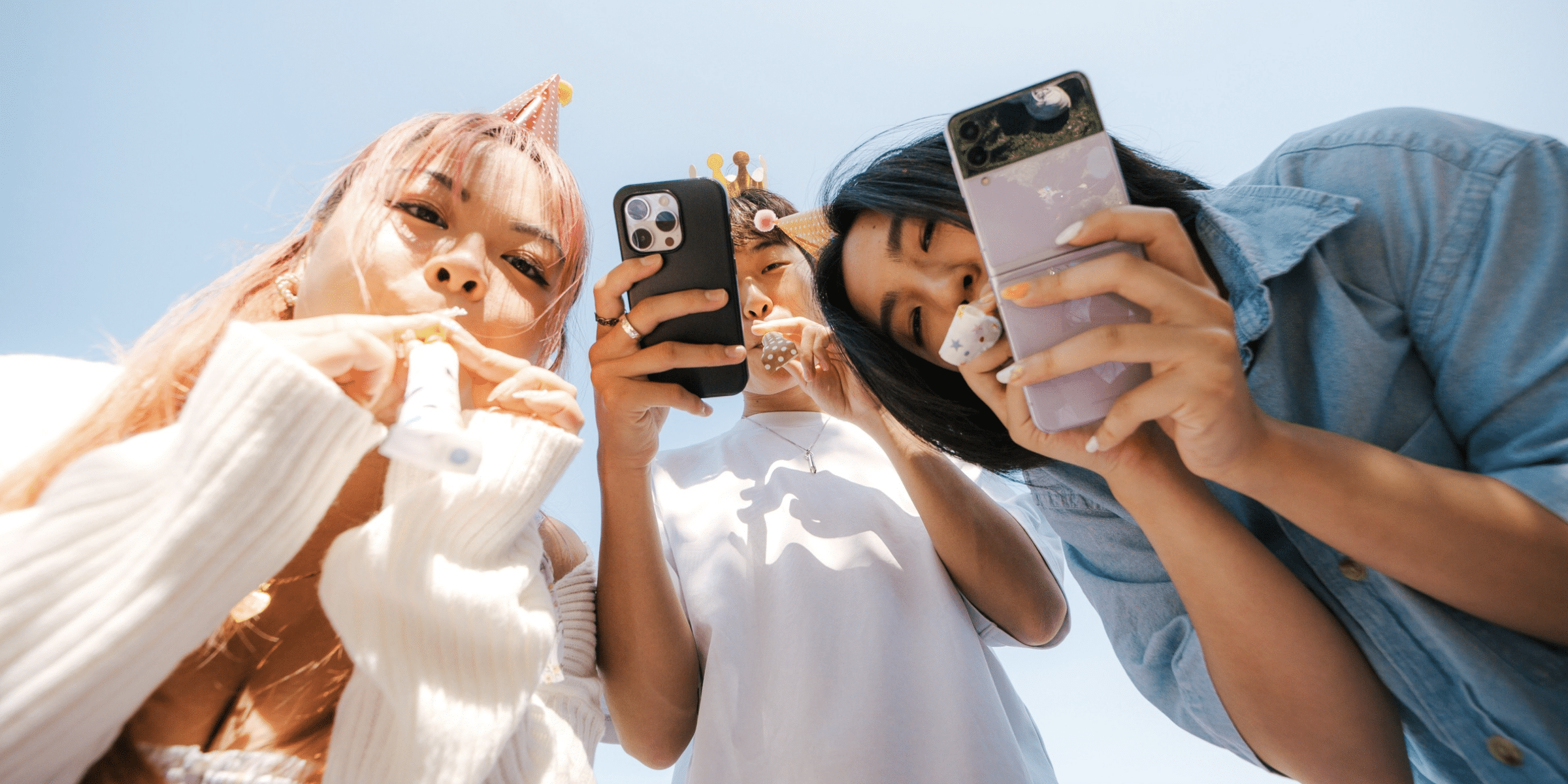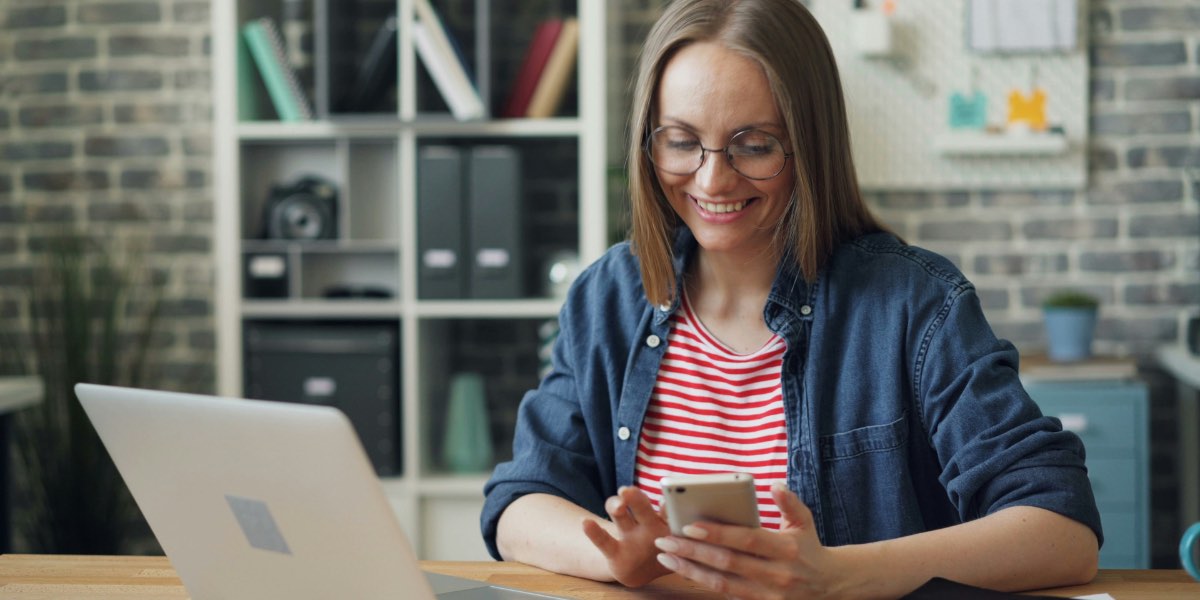The digital art world is brimming with creativity and innovation. However, a new challenge has emerged—the potential for plagiarism by Artificial Intelligence (AI). AI art generation tools are becoming increasingly sophisticated and capable of producing artworks that mimic existing styles. This raises a crucial concern for digital artists: How can they protect their originality and prevent AI from copying their work?
This issue has significant implications for artistic ownership, copyright, and the very essence of creative expression in the digital age. Understanding the potential threats and exploring effective strategies to safeguard artistic integrity are vital steps for digital artists navigating this evolving landscape.
Safeguarding Originality: How Digital Artists Can Prevent AI Plagiarism
The digital art landscape pulsates with creativity, but a novel challenge has emerged: plagiarism by Artificial Intelligence (AI). AI art generation tools are rapidly evolving, mimicking existing artistic styles with impressive accuracy. This raises a critical question for digital artists: how can they shield their originality and prevent AI from replicating their work? This issue has far-reaching consequences, impacting artistic ownership, copyright protection, and the core of creative expression in the digital age.
Understanding the potential threats and exploring effective strategies to safeguard artistic integrity are crucial steps for digital artists navigating this evolving terrain. Here, we delve into proactive techniques that empower artists to protect their work:
- Watermarking & Digital Signatures: Embedding invisible watermarks into your artwork adds a layer of protection. These digital markings, often imperceptible to the naked eye, can be decoded using specific software, proving ownership if plagiarism occurs. Additionally, utilizing digital signatures acts as electronic authentication, similar to signing a physical artwork. This provides a verifiable record of your authorship.
- Maintaining Clear Ownership Records: Copyright registration serves as a legal safeguard for your original creations. Registering your artwork with a copyright office establishes a public record of your ownership and strengthens your legal footing if plagiarism is detected. Timestamping your digital files further bolsters your claim by providing irrefutable proof of the creation date.
- Building a Strong Online Presence: A professional artist portfolio website serves as your digital storefront, showcasing your work and establishing your artistic identity. Social media platforms like Instagram or DeviantArt offer valuable tools to share your creations, cultivate a following, and build a strong online presence. Engaging with the online art community through forums and discussions further strengthens your position as a recognized artist. This online footprint becomes a vital resource for proving ownership and distinguishing your work from AI-generated imitations.
By implementing these proactive techniques, digital artists can create a robust defense against AI plagiarism. However, these measures alone may not be sufficient. In the next section, we will explore additional strategies for artists to consider.
Taking Action: Responding to AI Plagiarism
While proactive techniques form a strong foundation, digital artists also have tools to address suspected AI plagiarism. Here, we explore reactive measures that can be taken:
- Content Detection Tools: Technology can be a double-edged sword. Software solutions that utilize algorithms to analyze AI-generated art and identify potential plagiarism are emerging. These tools can scan online platforms for artworks that mimic your style, potentially flagging instances where your work may have been copied. While not foolproof, such software can serve as an alert system, prompting further investigation. If you suspect plagiarism, you can report the instance to the platform where you found the AI-generated art. Most platforms have mechanisms for reporting copyright infringement.
- Legal Action & Copyright Enforcement: In cases of blatant copyright infringement, legal action may be necessary. Consulting with intellectual property lawyers specializing in digital art and AI is crucial. They can assess the situation, advise you on your legal rights, and guide you through the process of filing a copyright infringement claim. If a clear case of plagiarism exists, legal action can help to protect your ownership, potentially leading to the removal of the infringing artwork and even financial compensation.
However, navigating legal battles can be complex and expensive. It’s important to weigh the potential benefits against the costs involved before pursuing legal action. In the next section, we will explore how artists can adapt and leverage AI as the landscape continues to evolve.
Embracing the Future: AI as a Tool and a Force for Change
The landscape of digital art is constantly evolving, and AI is here to stay. While the threat of plagiarism is a concern, artists who embrace adaptation can leverage AI as a powerful tool for artistic exploration. Here, we delve into strategies for navigating this evolving landscape:
- Leveraging AI as a Collaborative Tool: AI can be a springboard for inspiration. Certain AI art generation tools allow artists to input keywords or styles, generating variations that can spark new ideas and creative directions. These tools can be used as a starting point, but it’s crucial for artists to maintain creative control over the final artwork. By infusing their own skill and vision, artists can transform AI-generated elements into unique and personal creations.
- Advocating for Fair Use & Ethical AI: The development of AI art tools necessitates clear guidelines for the use of copyrighted material. Artists can play a vital role in advocating for fair use policies that ensure AI tools don’t simply copy existing works. Supporting the responsible development of AI art tools that prioritize originality and respect intellectual property rights is crucial for fostering a healthy ecosystem where both artists and AI can thrive.
The future of digital art with AI holds immense potential. Imagine AI tools that assist artists with tedious tasks like background creation or color palette exploration, freeing up time for artists to focus on the core elements of their artistic expression. Collaboration between artists and AI could lead to the birth of entirely new art styles and creative possibilities.
By staying informed, adapting their techniques, and advocating for responsible AI development, digital artists can ensure that AI becomes a tool for artistic empowerment, not a threat to their originality.
The Road Ahead: A Multi-Faceted Approach and a Collaborative Future
The fight against AI plagiarism in digital art necessitates a multifaceted approach. Here, we explore the importance of combining proactive techniques, reactive measures, and adaptation:
- Importance of a Multifaceted Approach: Building a robust defense involves a layered strategy. Proactive techniques like watermarking and copyright registration establish ownership from the outset. Reactive measures such as content detection tools and legal action become crucial if plagiarism is suspected. Finally, adapting to the evolving landscape by leveraging AI as a tool and advocating for ethical development ensures artists stay ahead of the curve. By employing this comprehensive approach, digital artists can safeguard their work and navigate the challenges presented by AI.
The future of digital art and AI is brimming with possibilities. However, navigating this new territory requires continuous learning and adaptation:
- Continuous Learning & Evolving Strategies: The field of AI art generation is constantly evolving. Artists who stay informed about the latest developments in AI tools and techniques will be better equipped to adapt their strategies and leverage AI for their own creative benefit.
- Collaboration & Innovation: The art community thrives on collaboration and the exchange of ideas. As artists grapple with the challenges and opportunities presented by AI, fostering open discussions and collaborative efforts will be instrumental. By working together, artists can develop best practices, advocate for their rights, and push the boundaries of artistic expression in this new era.
The relationship between digital artists and AI is not a zero-sum game. By adopting a proactive and multifaceted approach, artists can protect their originality and even leverage AI as a tool for creative exploration. The future of digital art lies in collaboration and innovation, where artists and AI can work together to push the boundaries of artistic expression and usher in a new era of creativity.

